A beautiful garden is a story of thoughtful layers, and the most important layer of all might just be the one you walk on. Mulch, in all its varied forms, is the unsung hero of the landscape—a protective blanket that conserves moisture, suppresses weeds, and enriches the soil. When used correctly, it’s a gardener’s greatest ally. But a simple mistake in choosing or applying one of the many types of mulch can undo all your hard work. It can invite pests, starve your plants, and create a host of other problems hiding just beneath the surface.
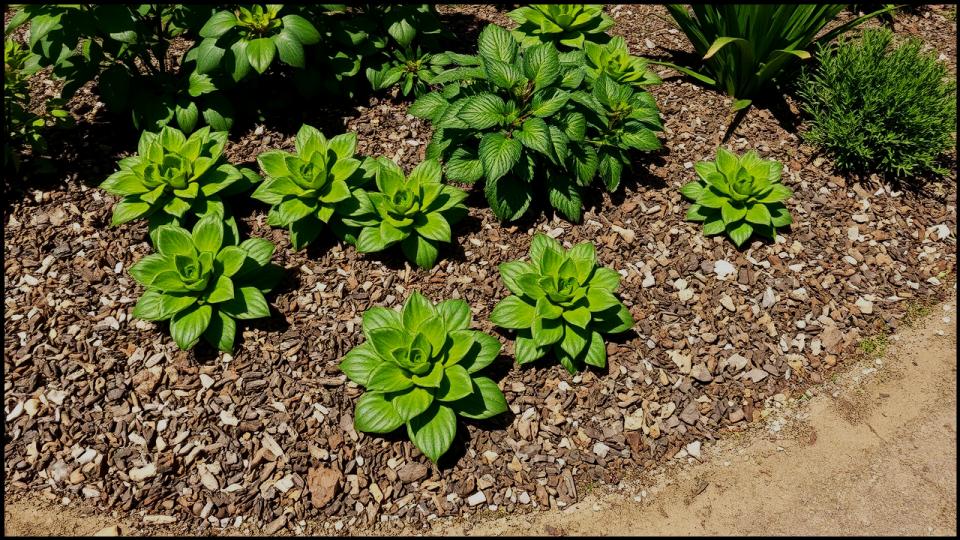
This guide is here to demystify the world of mulch. We’ll explore the wonderful variety available, from classic wood chips to innovative living groundcovers. More importantly, we’ll uncover the common, often-overlooked mistakes associated with each one. I want to empower you with the expert knowledge to not only choose the perfect mulch but to use it with confidence and artistry, ensuring your garden doesn’t just survive, but truly thrives.
Quick Tips: The Mulching Essentials
Here are the foundational rules for success:
- Mind the Gap: Always leave a 2- to 3-inch space between your mulch and the trunks of trees or stems of plants to prevent rot.
- Depth Matters: Aim for a consistent 2- to 4-inch layer. Too thin, and weeds will push through; too thick, and you can suffocate the roots.
- Don’t Top Old, Matted Mulch: If last year’s mulch is compacted and crusty, rake it to break it up or remove some before adding a fresh layer.
- Weed First: Always weed an area thoroughly before laying down mulch for the most effective weed suppression.
The Golden Rules: How to Apply Mulch for Flawless Results
Before we delve into the specific types of mulch, let’s establish the fundamentals. Think of this as your mulching mantra. The technique is just as crucial as the material itself. A common mistake I see is what we call “volcano mulching”—piling mulch high against a tree trunk. This traps moisture directly against the bark, creating a perfect environment for fungal diseases and destructive pests, and can even cause the roots to grow up into the mulch, girdling and strangling the tree over time.
Instead, always apply mulch like a donut, not a volcano. The goal is to cover the soil over the root zone, which often extends to the tree’s drip line (the outermost edge of its branches). By keeping the material away from the plant’s immediate base, you allow for crucial air circulation.
TOOLS AND MATERIALS BOX:
- Wheelbarrow: For easily transporting mulch from a pile to your garden beds.
- Pitchfork or Shovel: To load the mulch into your wheelbarrow. A pitchfork works best for stringy mulches like straw or pine needles.
- Garden Rake: For spreading the mulch evenly across the bed.
- Gloves: To protect your hands from splinters and dirt.]
13 Types of Mulch and the Common Mistakes to Avoid
The world of mulch is wonderfully diverse. Let’s explore some of the most popular options and pinpoint the specific ways they’re often misused, ensuring your garden gets all the benefits with none of the drawbacks.
Classic Wood and Bark Mulches
These are the go-to choices for landscape beds, offering a traditional, polished look.
1. Shredded Hardwood/Bark
This popular organic mulch is made from shredded bark and wood. It knits together well, making it excellent for slopes.
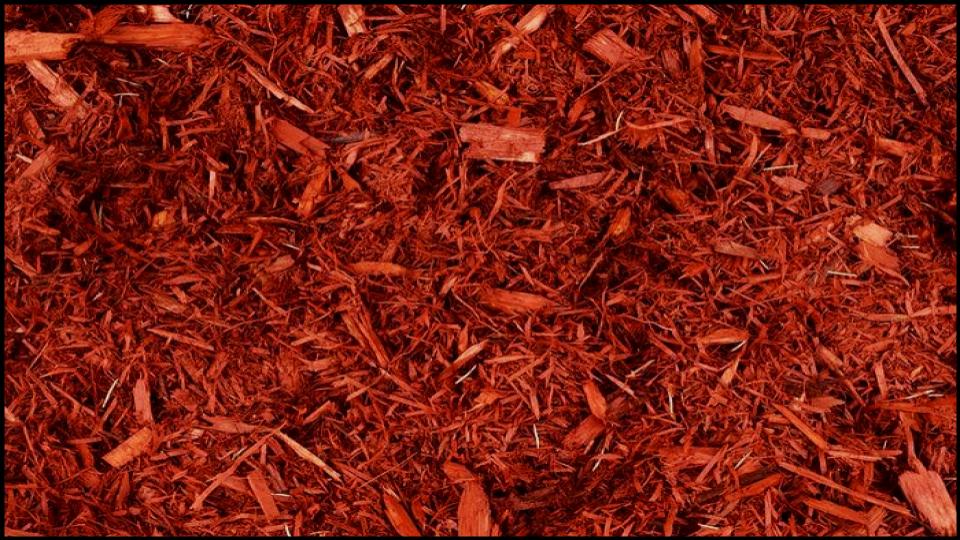
- The Mistake: Applying it too fresh. Fresh wood chips can temporarily “rob” nitrogen from the soil as they decompose, leaving your plants hungry.
- The Expert Fix: Use properly aged or composted shredded hardwood. If you must use fresh material, you can compensate by applying a light dose of a nitrogen-rich fertilizer to the soil before you mulch.
2. Wood Chips/Arborist Chips
Often available for free from local tree services, these are coarser than shredded mulch.
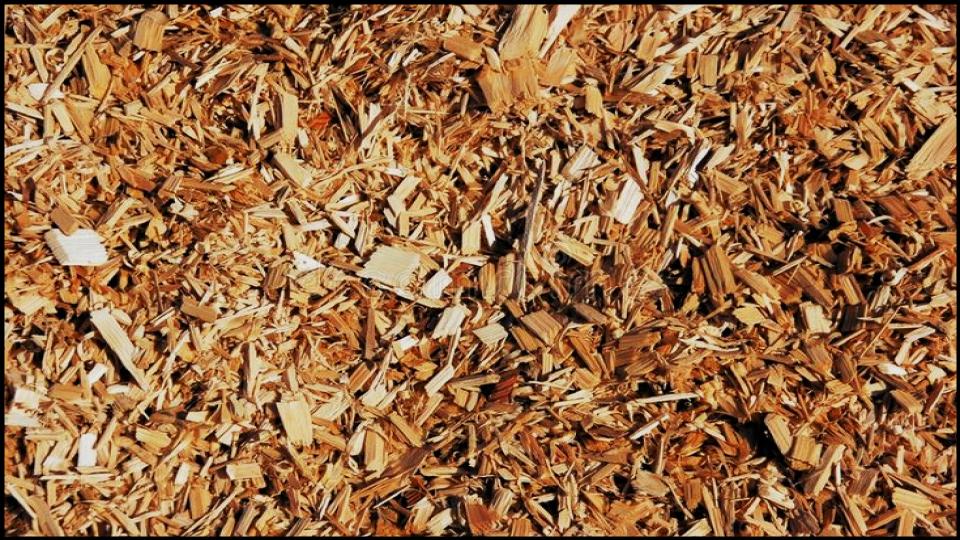
- The Mistake: Using them in vegetable or annual flower beds where you dig frequently. Their slow decomposition and chunky nature make them a nuisance to till into the soil each season.
- The Expert Fix: Reserve arborist chips for pathways and around established trees and shrubs where the soil will remain undisturbed. In my own garden, I use them for walkways between raised beds—they’re fantastic for keeping mud down.
3. Pine Bark Nuggets
These large, attractive chunks are slow to break down, making them a long-lasting option.
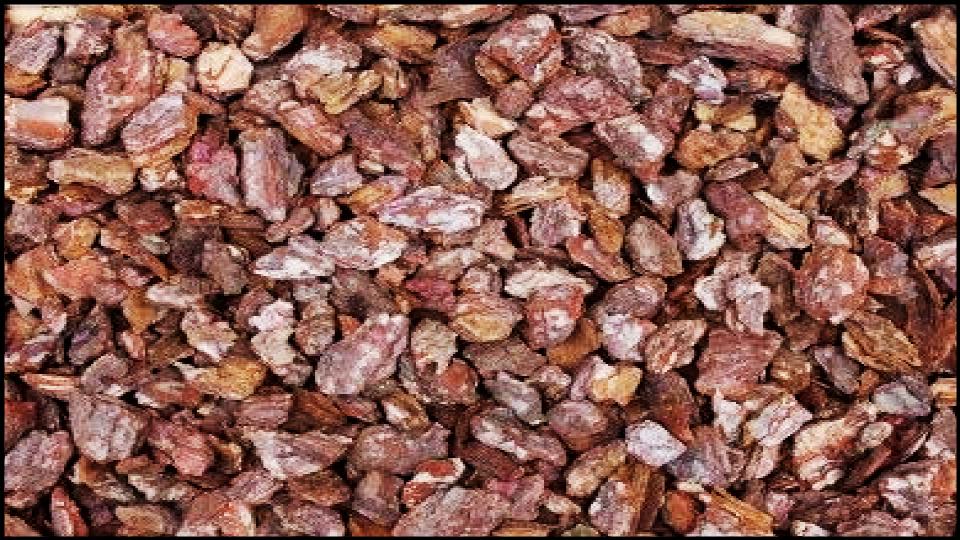
- The Mistake: Using them on a slope or in areas with heavy rainfall. Their light, chunky nature means they float and wash away easily, leaving your soil bare.
- The Expert Fix: Pine bark nuggets are best used in flat, protected landscape beds. If you love the look but have a sloped yard, opt for a shredded pine mulch that will lock together more effectively.
4. Cedar Mulch
Known for its pleasant aroma and insect-repelling reputation, cedar is a durable choice.
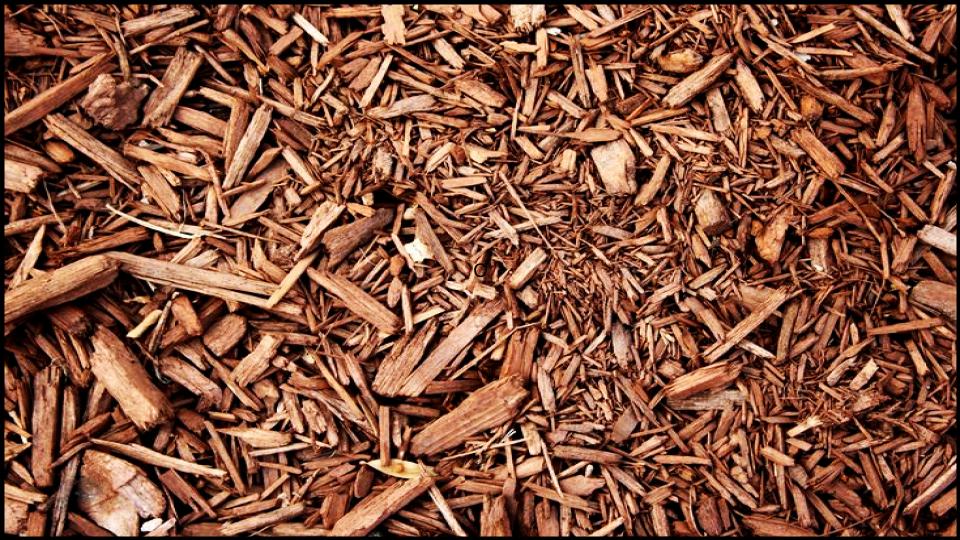
- The Mistake: Relying on it to repel all pests. While cedar oils can deter some insects, this effect diminishes over time and it won’t stop determined pests or soil-borne diseases.
- The Expert Fix: Think of any pest-repelling qualities as a small bonus, not a primary line of defense. According to the University of Missouri Extension, proper watering and plant health are far more effective pest management strategies.
Garden & Landscape Specialty Mulches
These materials serve specific purposes and can work wonders when used correctly.
5. Pine Straw (Pine Needles)
Fluffy, light, and attractive, pine straw is a favorite in the American South but works beautifully anywhere.
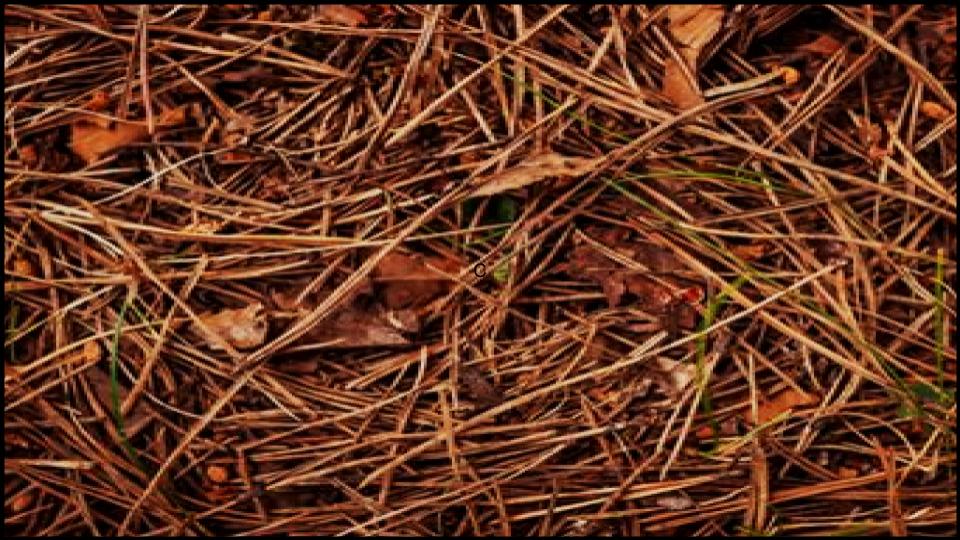
- The Mistake: Believing it will make your soil drastically acidic. While fresh pine needles are acidic, they have a minimal effect on soil pH once they begin to decompose.
- The Expert Fix: Don’t hesitate to use pine straw on plants that aren’t acid-loving. It settles into a light, airy layer that doesn’t compact, allowing water and oxygen to move freely to the soil. It’s one of my personal favorites for its natural look and feel.
6. Cocoa Hulls (Cacao Shells)
This byproduct of chocolate production has a fine texture and a lovely smell.
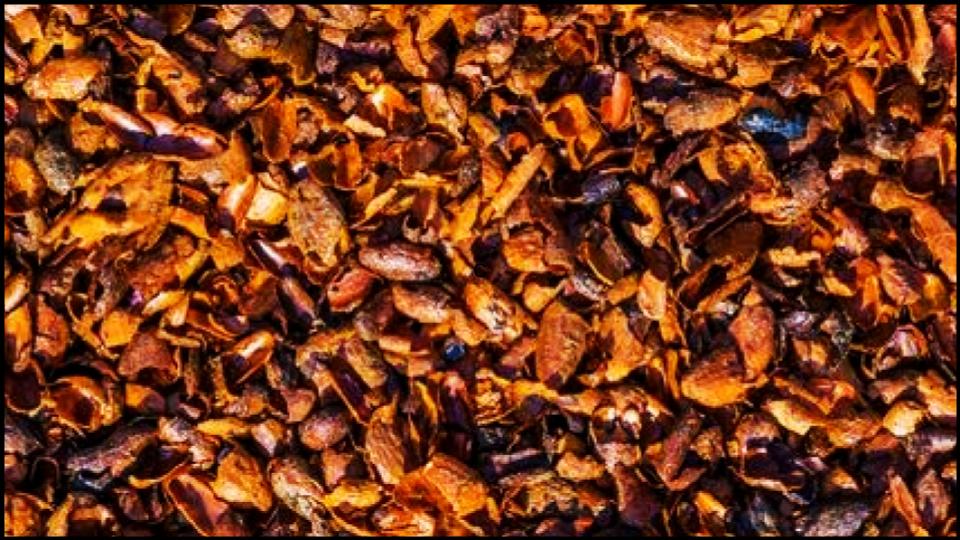
- The Mistake: Using it in gardens accessible to dogs. As the ASPCA warns, cocoa hulls contain theobromine, the same compound that makes chocolate toxic to dogs.
- The Expert Fix: Never use cocoa hull mulch if you have dogs. Opt for a pet-safe alternative like shredded pine or cedar bark. If you’ve used it in the past, remove it completely.
7. Shredded Leaves/Leaf Mold
A free and fantastic resource from your own yard! Shredded leaves break down into a nutrient-rich humus.
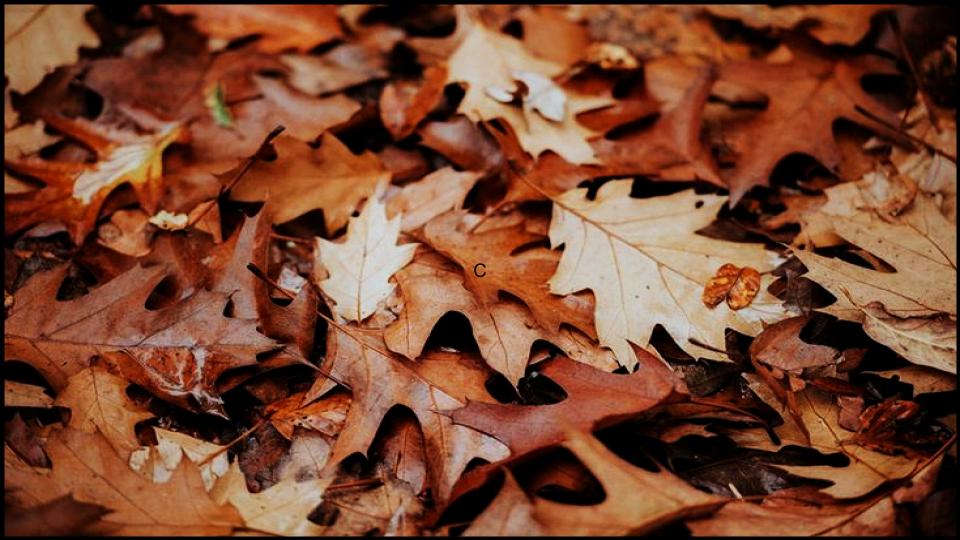
- The Mistake: Piling whole, wet leaves on your garden beds. They can mat down into an impenetrable layer that sheds water and smothers plants.
- The Expert Fix: Always shred leaves before using them as mulch. You can do this by running a lawnmower over a pile a few times. This breaks them up so they can’t form a suffocating mat.
8. Grass Clippings
Another readily available resource for the home gardener.
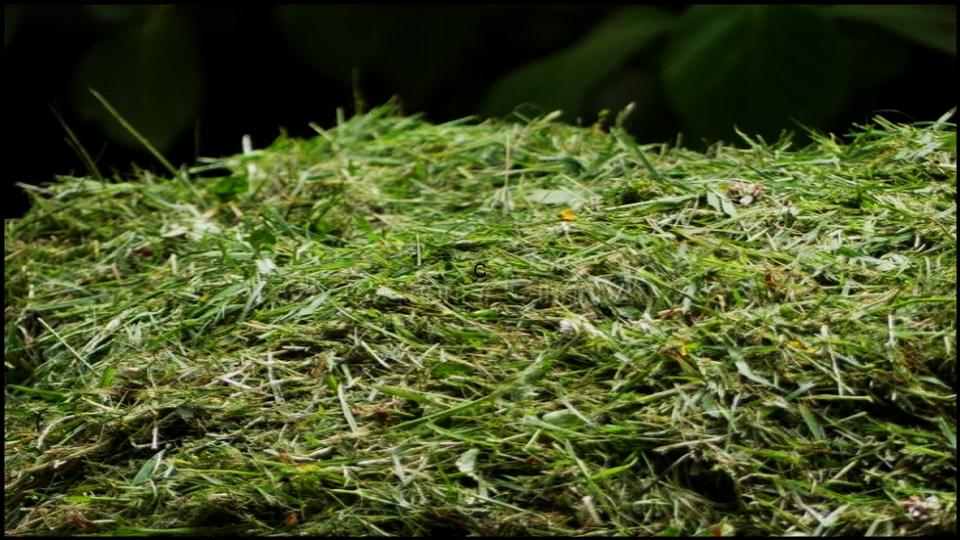
- The Mistake: Applying fresh, wet clippings in a thick layer. This creates a slimy, smelly, and oxygen-deprived mat that can actually harm your plants. Additionally, using clippings from a lawn recently treated with herbicides can damage or kill your garden plants.
- The Expert Fix: Apply grass clippings in very thin layers (no more than an inch at a time) and let them dry out first. The University of Minnesota Extension advises against using clippings as mulch if a lawn has been recently treated with a broadleaf herbicide.
9. Straw
Not to be confused with hay (which is full of seeds), clean straw is a fantastic mulch for vegetable gardens.
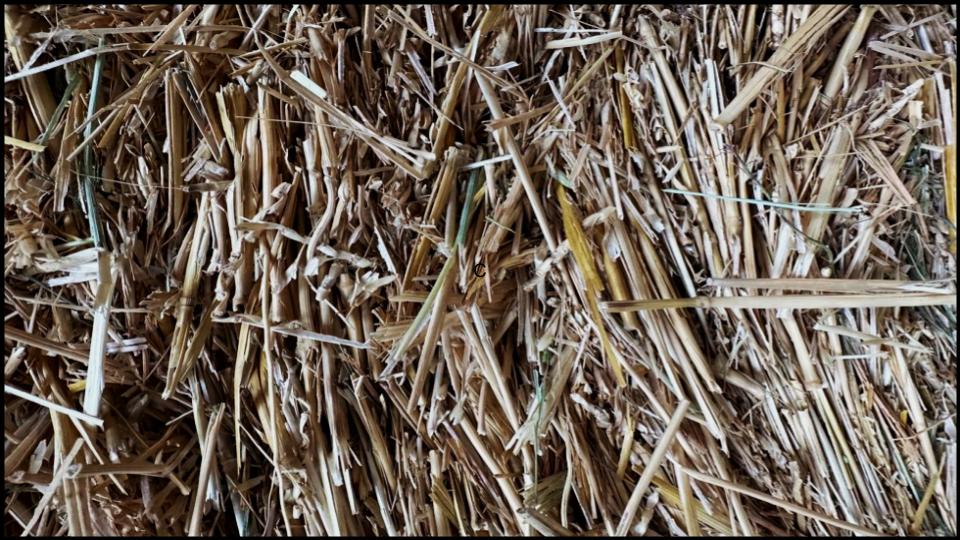
- The Mistake: Using it too close to the base of seedlings in early spring. Straw can harbor slugs and other pests that will happily munch on tender new growth.
- The Expert Fix: Apply straw after your vegetable plants have grown a bit and are more established. Keep it pulled back from the immediate stems to discourage pests and allow the soil to warm up.
The Inorganic Mulch Family
These mulches don’t break down, offering a permanent solution with a modern aesthetic.
10. Stone/Gravel/Pebbles
This inorganic mulch offers a clean, permanent look and is great for modern or xeric landscapes.
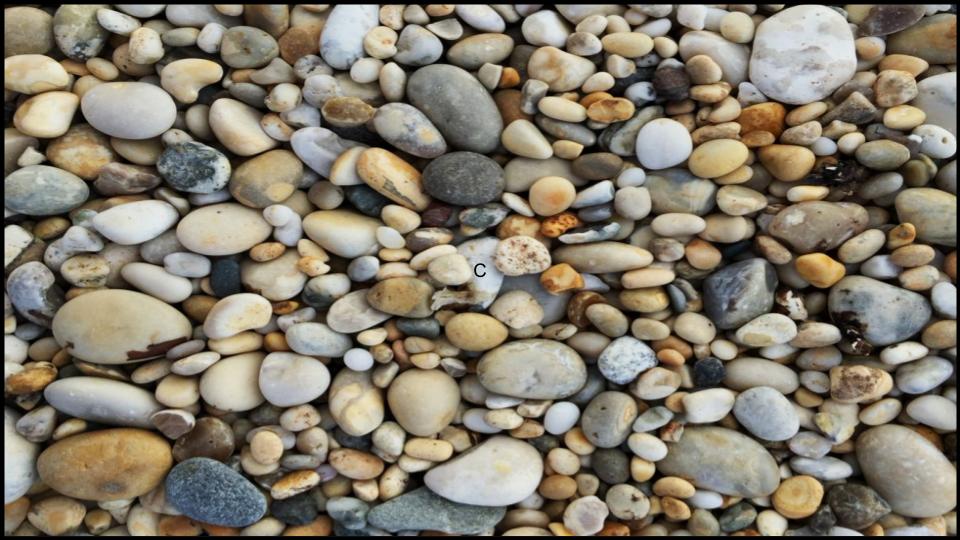
- The Mistake: Placing it around plants that love cool, moist roots or in hot, sunny locations without considering the consequences. Rock absorbs and radiates a tremendous amount of heat, which can literally bake the roots of sensitive plants.
- The Expert Fix: As the University of Georgia Extension notes, stone is best used around plants that are native to hot, dry climates. Avoid using it around plants like hydrangeas or hostas. Also, be prepared for maintenance—weeds will eventually grow in the debris that collects between the stones.
11. Rubber Mulch
Made from recycled tires, this is a long-lasting, but controversial, mulch.
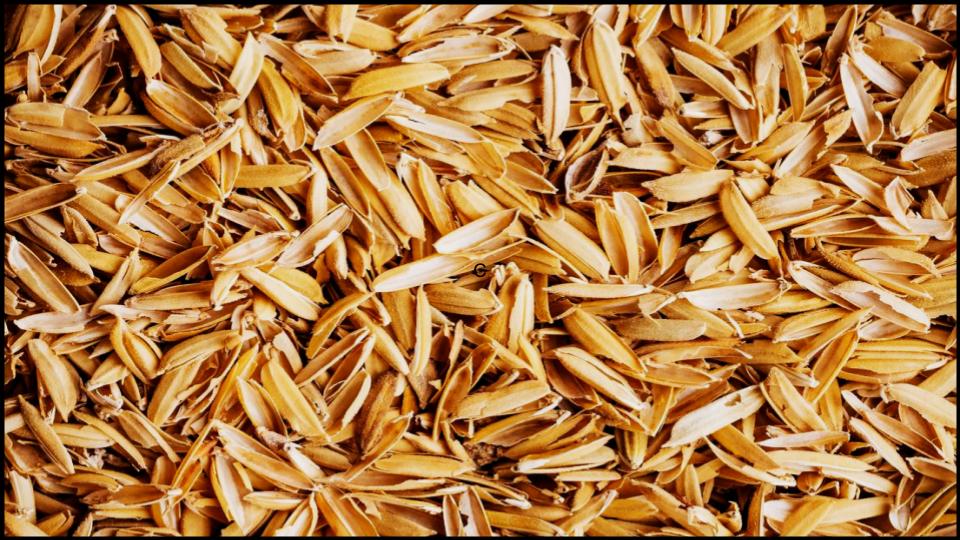
- The Mistake: Using it in a garden bed with edible plants or other ornamentals. Research from Washington State University Extension highlights that rubber mulch can leach heavy metals and other chemicals into the soil as it breaks down, which can be absorbed by your plants. It is also highly flammable.
- The Expert Fix: Due to the potential for soil contamination and its flammability, I strongly advise against using rubber mulch in any garden setting. Its best and only appropriate use is in non-plant areas like playgrounds where it provides a cushioned surface.
Living & Unconventional Mulches
12. Living Mulch (Cover Crops/Groundcovers)
These are plants grown specifically to cover the soil, acting as a living, green mulch.
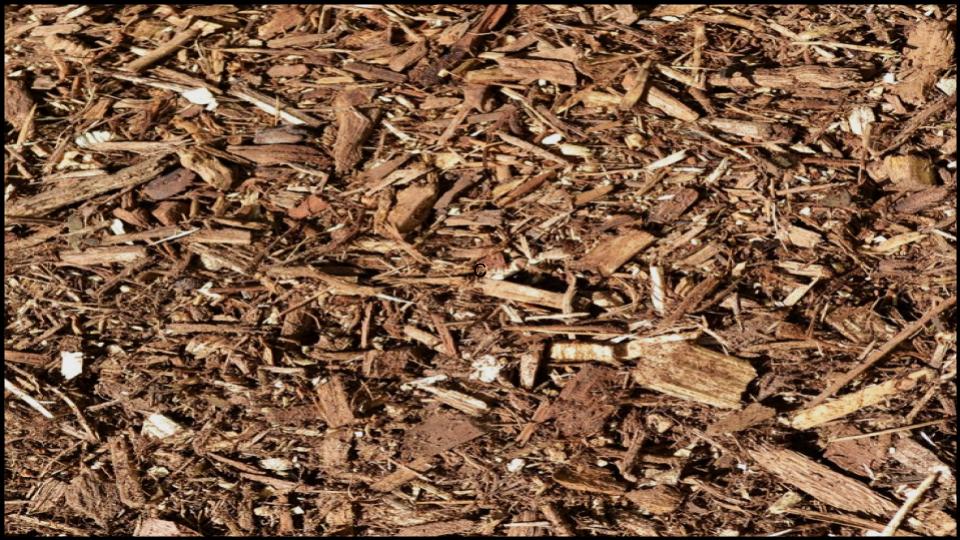
- The Mistake: Choosing an aggressive groundcover that outcompetes your main plants for water and nutrients.
- The Expert Fix: Select a low-growing, non-aggressive groundcover that suits your conditions, like Creeping Thyme in a sunny, dry spot or Sweet Woodruff in the shade. For vegetable gardens, use a cover crop like clover or vetch in the off-season and turn it into the soil before planting.
13. Landscape Fabric
While not technically a mulch itself, it’s often used underneath with the goal of stopping weeds.
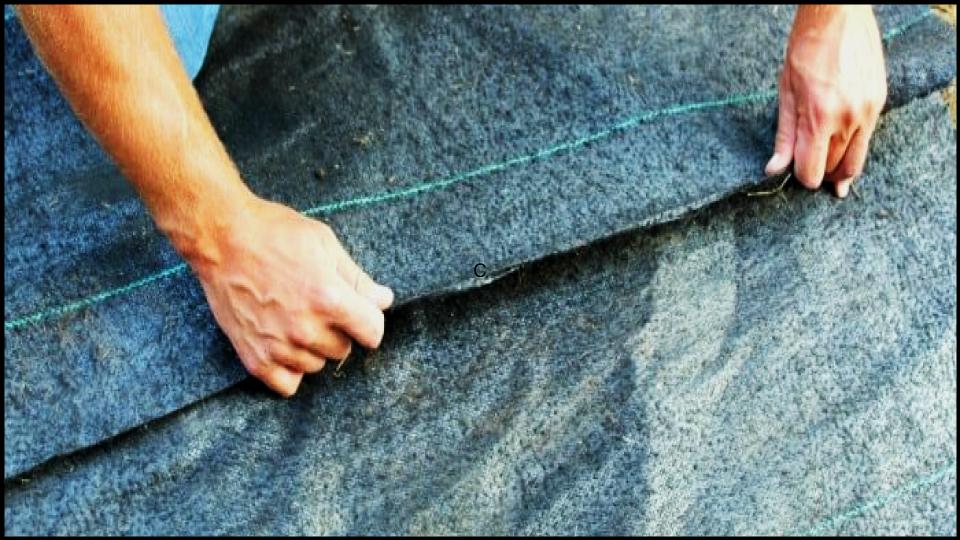
- The Mistake: Relying on it for long-term, maintenance-free weed control under an organic mulch. Over time, the organic mulch on top will break down into soil, and weeds will simply start growing on top of the fabric, with their roots tangled in it, making them impossible to pull. The fabric also prevents organic matter from enriching the soil below.
- The Expert Fix: Skip the landscape fabric under organic mulches. A proper 3-4 inch layer of mulch is a more effective and soil-healthy weed barrier. Reserve landscape fabric for use under inorganic mulch like stone to prevent the rocks from sinking into the soil.
A Finishing Touch for a Flourishing Garden
Mulching is more than just a chore; it’s one of the most beneficial things you can do for your garden’s health and beauty. By understanding the distinct types of mulch and learning how to apply mulch with an expert eye, you move beyond simply covering the ground. You are actively cultivating a better environment for your plants to flourish. Now you’re ready to choose with confidence and spread with purpose, giving your garden the elegant, protective finish it deserves.
Read More
The Secret to Overwintering Geraniums Revealed—So They Explode with Color Next Season
